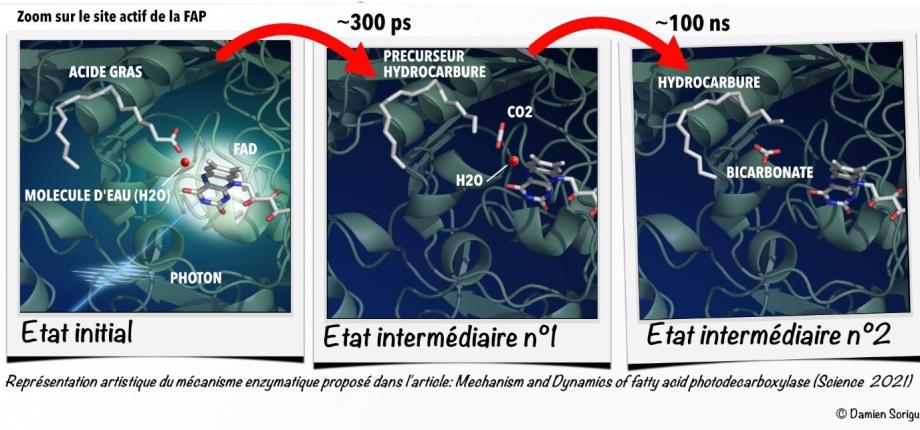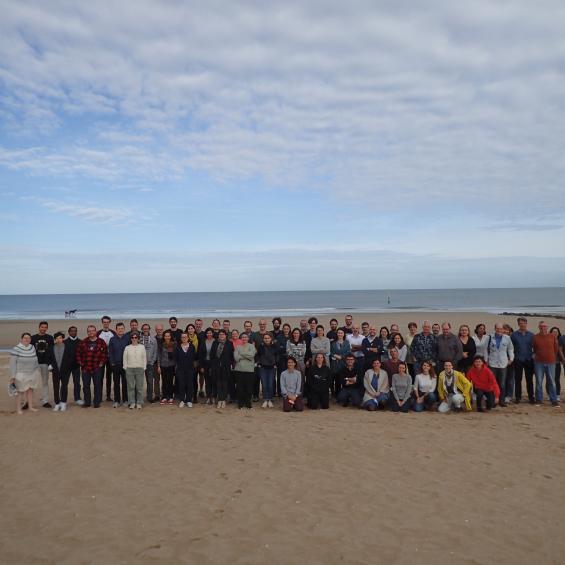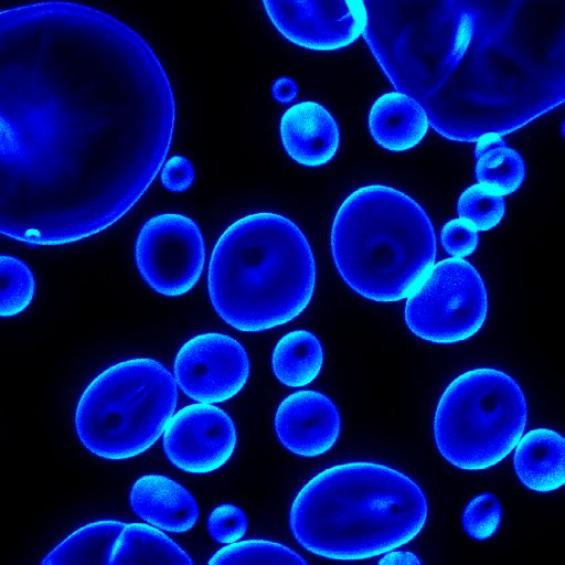Presentation of the laboratory

Founded in 2001, the Laboratory of Optics and Biosciences (LOB) is affiliated with the French Institute of Health and Medical Research (INSERM), the French National Centre for Scientific Research (CNRS), and Ecole Polytechnique. The Laboratory brings together scientists with expertise in molecular and cellular biology, in optics and in femtosecond dynamics with the aim of developing synergies beyond the themes specific to each speciality, and promoting the emergence of new concepts and tools, in particular for the understanding of the functioning of biomolecules and their organisation within cells and tissues.
The laboratory is engaged in research on protein and DNA structural dynamics and on reaction and activation mechanisms of different enzymes. These research activities rely on the laboratory's expertise in the fields of protein engineering, molecular dynamics simulations and femtosecond lasers.
State-to-the-art techniques in biochemistry, cellular biology or genetics are used for the study of the molecular mechanisms of the microbial adaptation, shedding new light on the gene regulation systems in Archae. Femtosecond pulses are used both to trigger a biochemical reaction and to follow the related structural and electronic changes. In order to obtain better insight and control of the relation between structural dynamics and protein function, we develop coherent femtosecond spectroscopy techniques in the mid-infrared, the spectral domain of molecular vibrations. In the same spirit, folding of biomolecules is studied by new techniques involving ultraviolet time-resolved circular dichroism.
Another axis of our activity is to develop novel imaging approaches to probe cell activity inside intact tissue and at the single molecule level. In particular, we use femtosecond pulses for non-linear microscopy (two-photon-excited fluorescence, second- and third-harmonic generation, and coherent anti-Stokes Raman scattering), which have the unique ability to provide micrometer-scale 3D images from within complex media such as biological tissues. Our approaches rely on multimodal multiphoton microscopy, femtosecond pulse-induced ablation, in vivo imaging of animal models, pulse shaping and the development of alternative fluorescent nanoparticles. Applications include the study of extracellular matrix remodelling and of the biomechanics of embryo development. Another approach uses far-infrared radiation in the THz domain that is very sensitive to the ionic composition of biological media. We therefore develop a near-field THz microscope for the observation of excitable cells such as neurons.
The laboratory's researchers are involved in teaching at Ecole Polytechnique both in the Physics and the Biology Departments and in various graduate schools.





